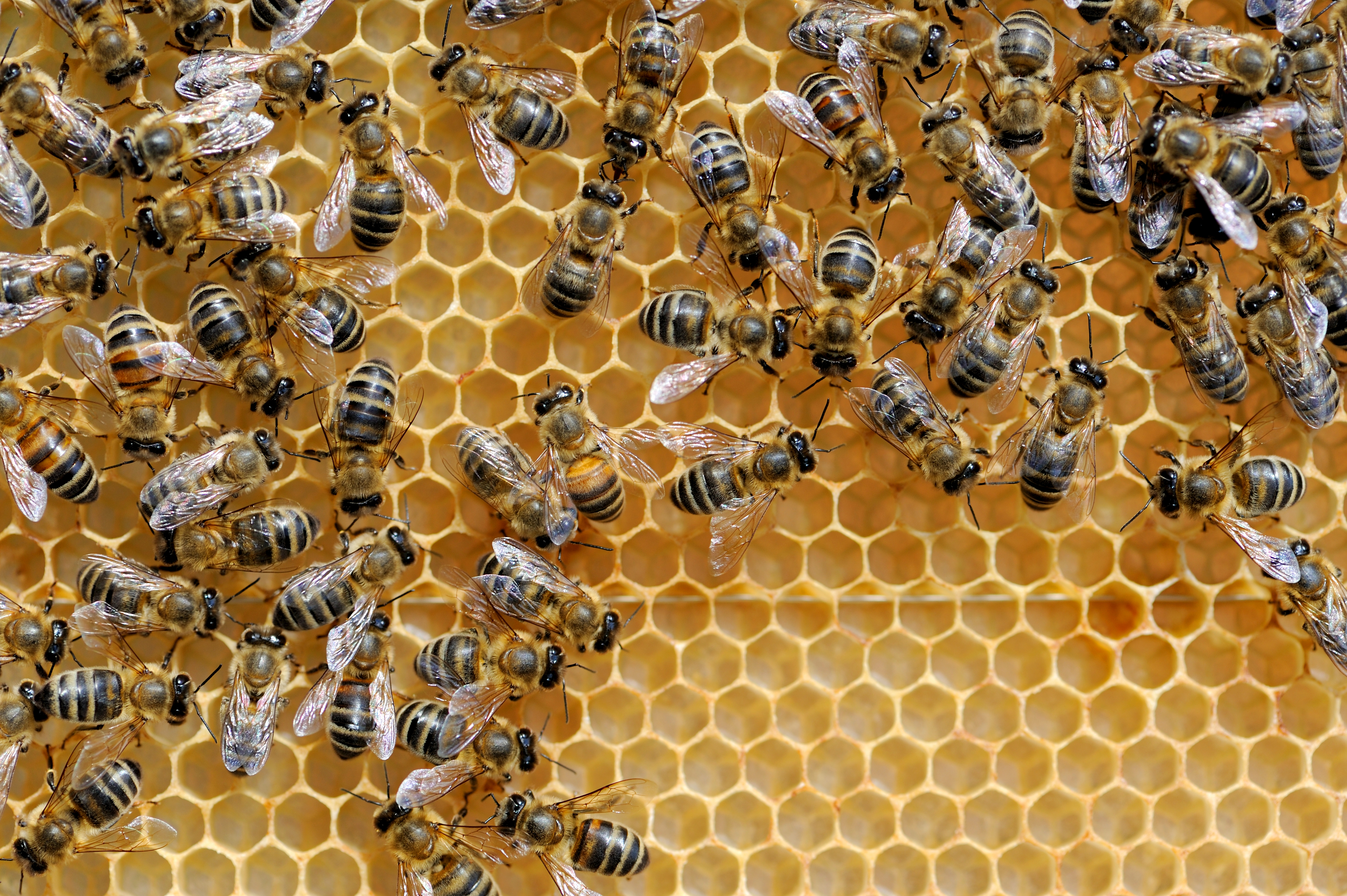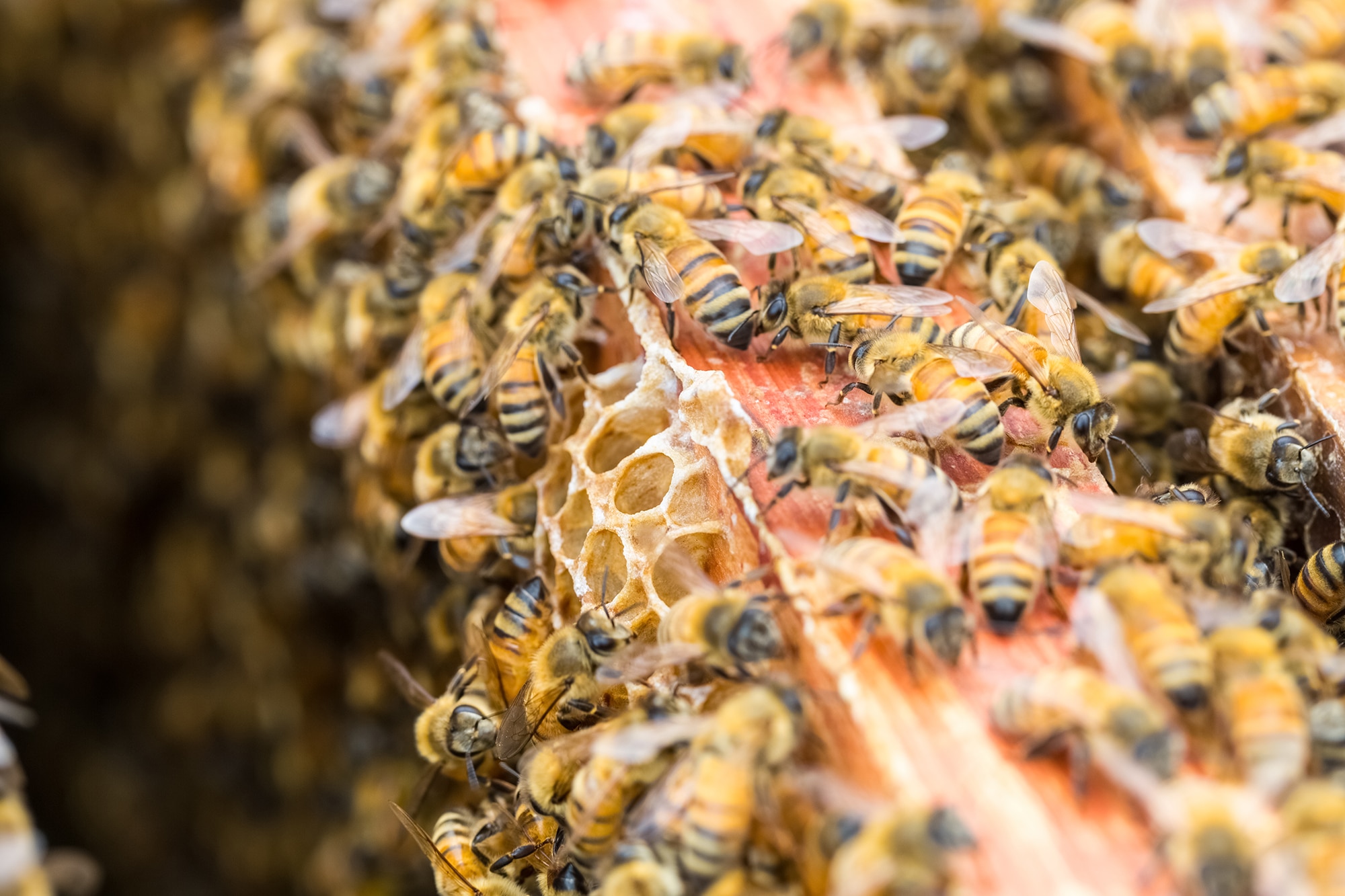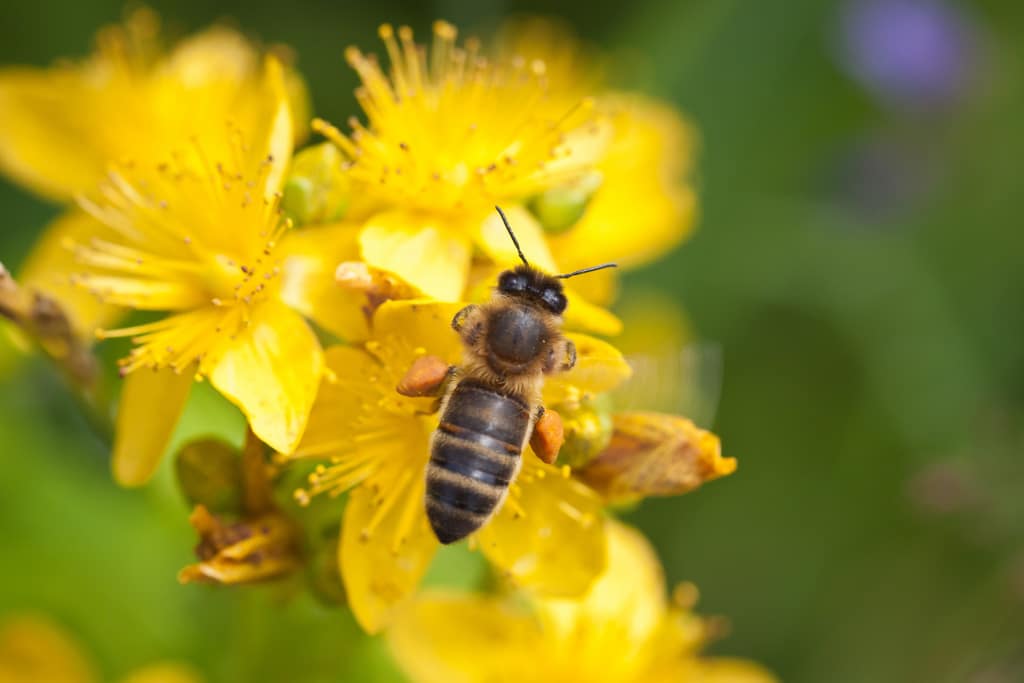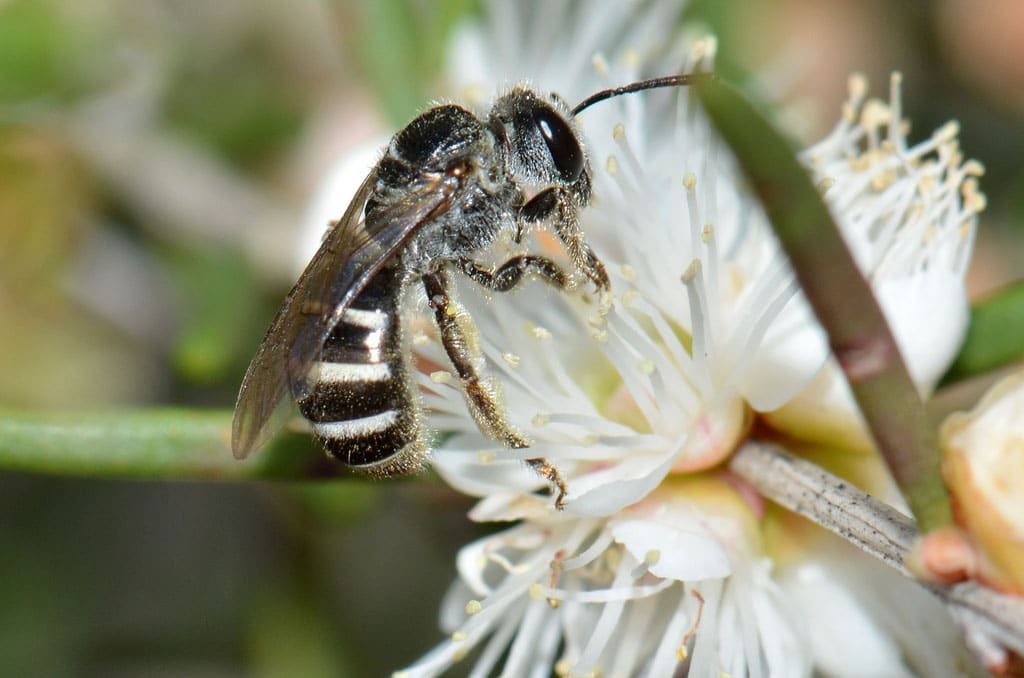
(08) 9248 9929
admin@compest.com.au

Anyone who cares about the health of our planet - for now and for generations to come - needs to care about bees.
We need bees. If bees disappear humans are in trouble!
The Humble Bee
Bees in Agriculture
Bees pollinate 71 of the 100 crop species that provide 90% of our global food supply. If we lose bees, we lose food. Without bees agriculture as we know it would collapse. We encourage you to learn more about beautiful bees by visiting honeybee.org.au.
Bee Venom
Bee venom has been used as a treatment in East Asia since at least the second century. In 2013 researchers at Washington University School of Medicine demonstrated that a toxin called Melittin, found in bee venom, can destroy the HIV virus and leave healthy cells unharmed.
Melittin has also been identified as an attractive candidate for cancer therapy. Bee venom is also used to treat rheumatoid arthritis, nerve pain (neuralgia), multiple sclerosis (MS), swollen tendons (tendonitis), and muscle conditions such as fibromyositis and enthesitis.
You can read more about some of these studies and uses by clicking on the links below:
Bee venom kills HIV
Bee venom a candidate for cancer therapy
Medical uses of bee venom
Bee the Cure
Honey, Please.
Honey is an amazing natural resource. It is the oldest wound-healing agent known to mankind, with antibacterial, antiviral, anti-inflammatory and antioxidant properties.
If you would like to find out more about some of the benefits of honey, here are some great resources:
Outstanding Engineers
Bees are inspired engineers. Each wax cell in the comb has six sides and all cells have a slight backward tilt so that the honey will not spill out. Wax cells average 140 to the one centimetre in thickness and each cell fits snugly against its neighbour on all sides — a construction so strong and cleverly planned down to the most minute detail that we never cease to find the work of these little creatures truly amazing.
A Brief History of Bees
If we journey back 4000 years to ancient Egypt, hieroglyphics show the story of the bee’s life. So primitive man had discovered the delight of honey by then — for centuries it was the only sweetener available.
In the 4th century B.C., Aristotle wrote of the bee. Three hundred years later, Virgil the poet and Pliny the naturalist, carried the story further. In England under Saxon rule, honey was accepted by some landlords as part-payment for rent from tenants. The bee had truly earned a valuable place in society!
Honey bees often break away from their commercial hives and establish themselves in areas which cause danger and concern to people. Treatment may be required where bees cannot be removed in places such as cavity walls.
The Honey Bee
The honey bee is arguably the most amazing creature in the insect world. The bee’s body is delicate, her life is short and her enemies are many. Yet these daunting drawbacks are shrugged off as the bee goes daily about her task of collecting nectar and pollen to take back to the hive so that future generations of bees can thrive.
The bee is willing to die to defend the hive - Even though throughout history man and animals have plundered beehives for a taste of honey, the honey bee has survived and adapted to climates and conditions far removed from that where bees were first recorded.
Few chemicals are registered for the control of bees, and Propoxur is the only one in Western Australia. It is always preferable to remove bee hives rather than destroy them, but unfortunately it is not always possible.
Introduced Bees
The honey bee is not native to Australia. The colonists who came to Australia in its early days missed so many of the comforts and treats of England that they tried to introduce many of them here in Australia. Plants, trees, animals, birds and many other reminders of home were introduced during those early years and are still thriving today.
In the early 1820’s the honey bee was brought to Australia aboard the ship Isabella and arrived in our waters in 1822. It adapted so successfully that other bee species were introduced from Italy, Yugoslavia and North America.
Native Bees
There are over 2000 species of bees native to Australia of which hundreds occur in Western Australia. Sizes range from 2 millimetres to 25 millimetres and there are large variation in colours. Some are hairy and others are hairless. Hairy bees carry pollen in special hairs on their hind legs, while hairless bees swallow the pollen mixed with nectar.
Most native bees are solitary, and each female constructs her own nest. Some nest in the ground, while others prefer cavities. Most females have a sting but none are aggressive. Males play no part in nest construction but only search for and fertilise the female.
We are always happy to provide advice and guidance about safe bee removal - Just give us a call!
Are you regional?
We can help with specialised pest control services for regional businesses, and we even have our own plane! Give us a call and we'd be happy to see if we can help with your particular requirements.



